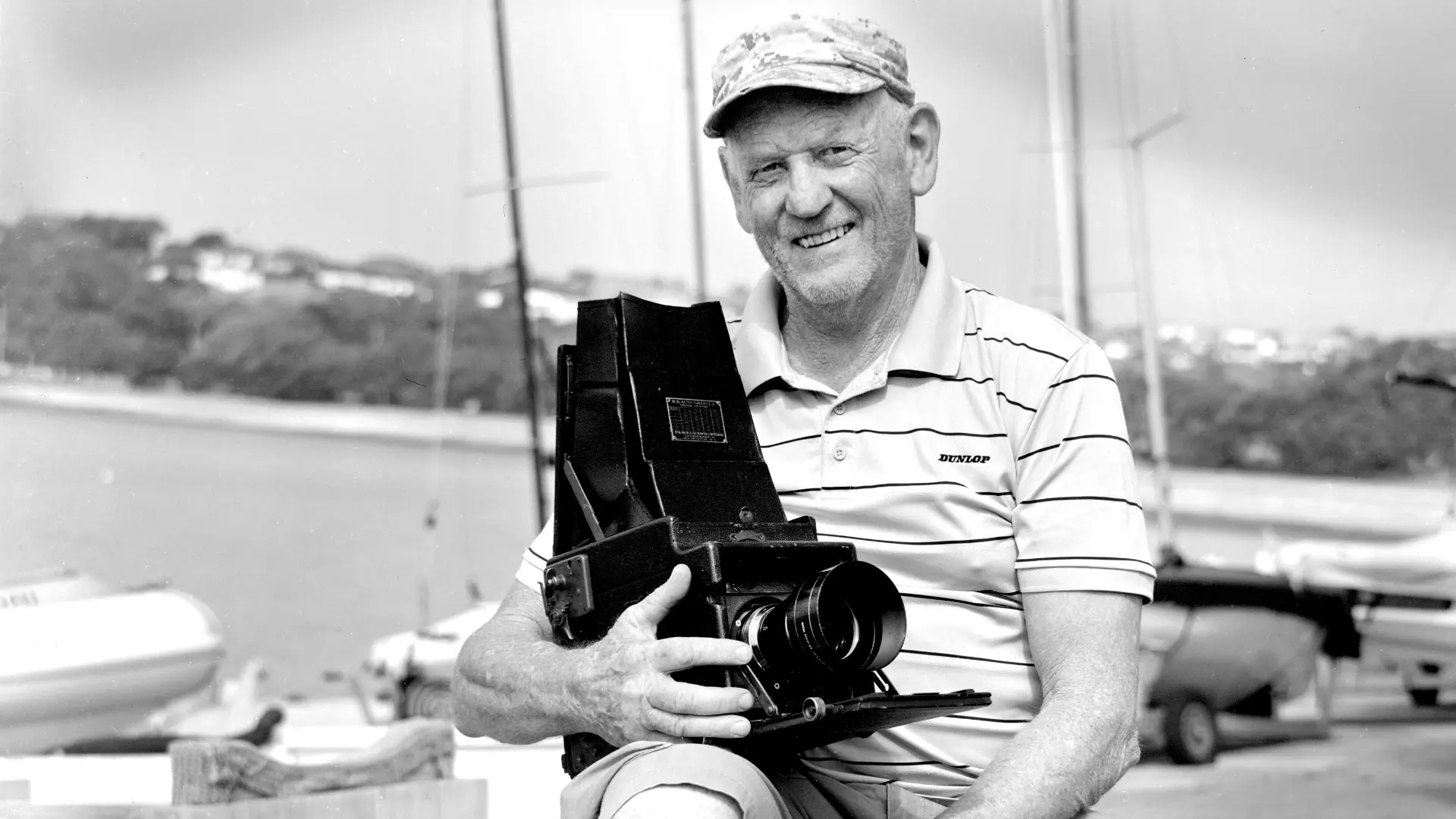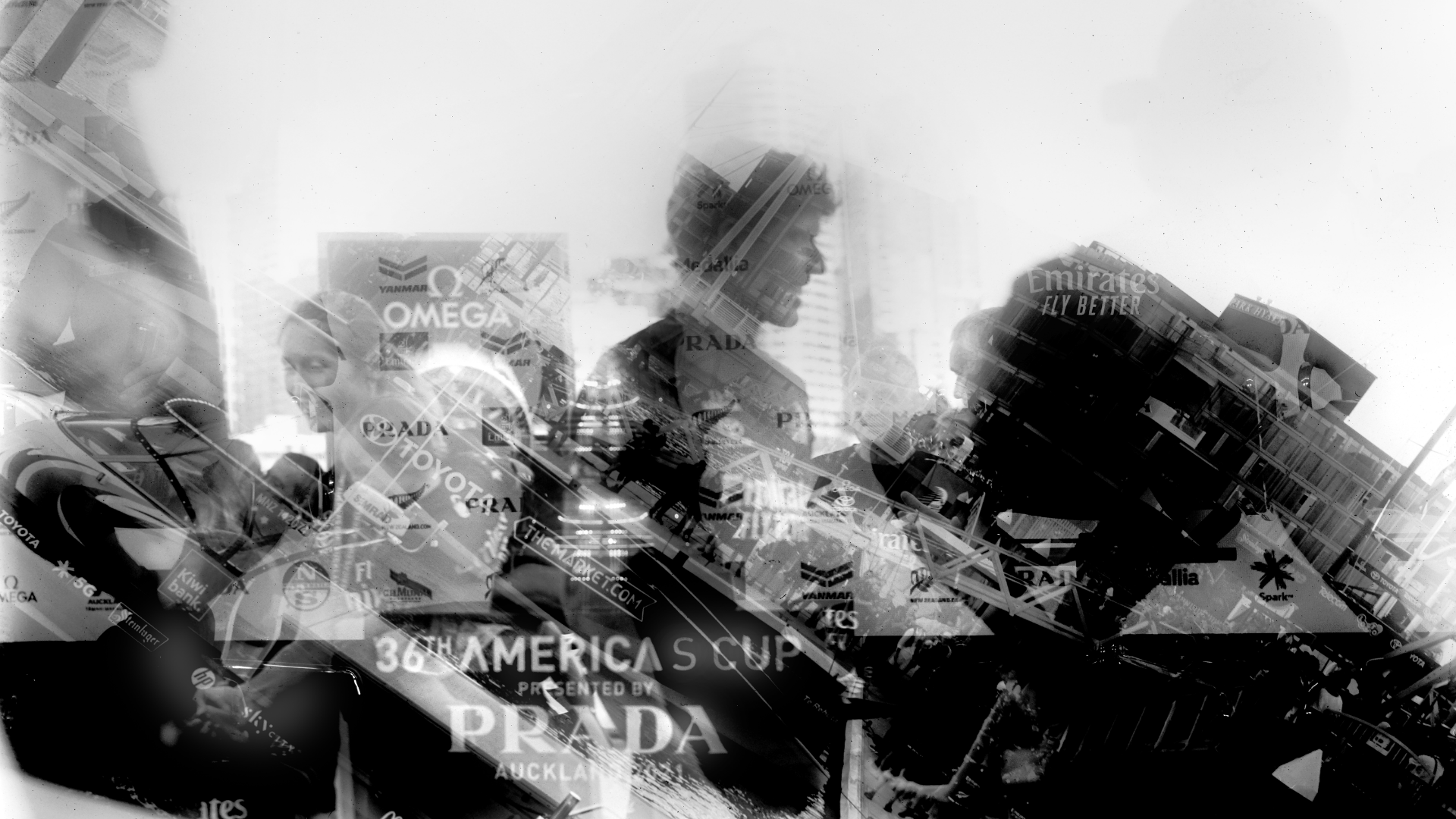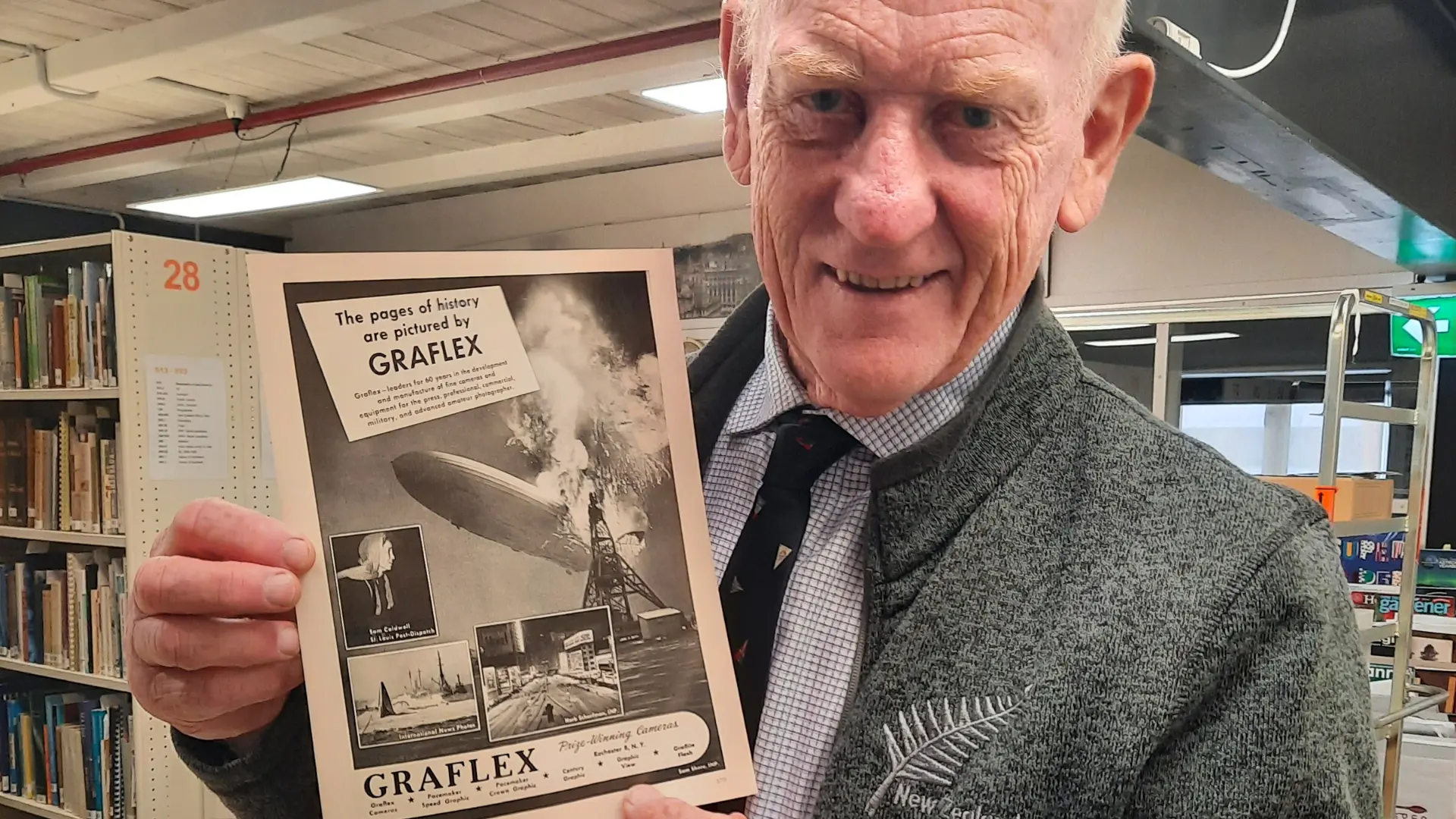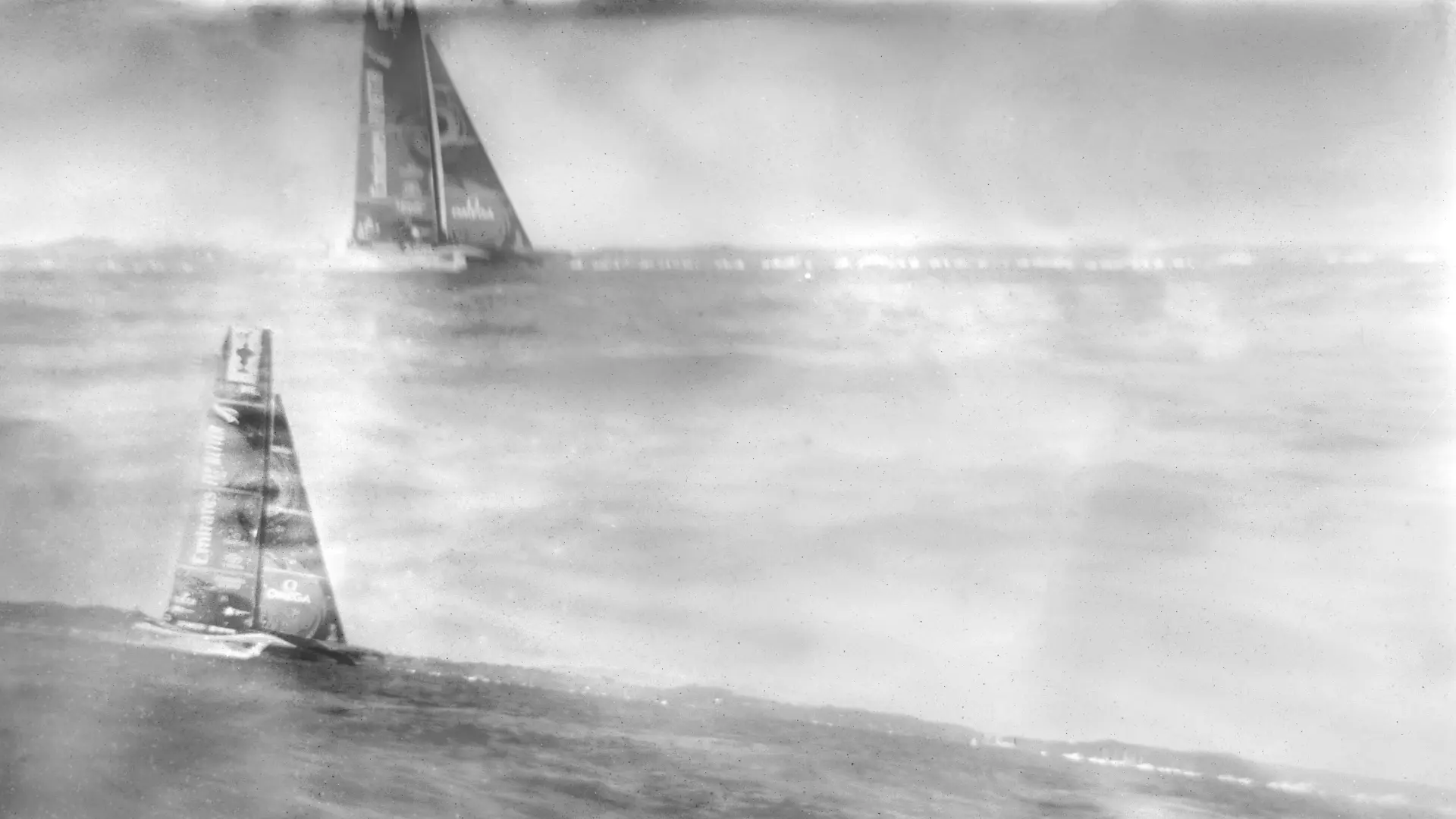What’s it like working with a Graflex on water?
You'll see from the pictures that there aren’t a lot of straight horizons because the problem is that you look through a mirror – what's called a single lens reflex. And although you see the picture the right way up, the drama is [that] the boats are traveling from the wrong direction in the mirror. So if you’re trying to follow them and they're coming into frame from the left it's very disconcerting because you need to keep in mind that they're actually going to be coming from the right.
Then you've already chosen your exposure and cocked the camera and here comes the boat. You're trying to think ‘Don't shoot too soon, I've got to wait till they're about here.’ And then try and get that horizon straightened out. But it was charming, just thinking you're using something so well designed.
Is it like backing a trailer?
It’s very much like backing a trailer. You do get used to it. But it's just practice.
How long does it take to get ready for the next frame?
The fastest you could probably do it is probably two, three minutes. Cock the camera, get it rewound, take the film out, put the film back the other way and then uncover the film. The boats are gone so fast. You might get the second boat if you're lucky, if it’s far enough back, but otherwise you're waiting for the next time round. So you just need to calm down and think: ‘Let's get this one right.’ And then put it away properly before the boats come back again.
What did you learn from the project?
It was very humbling actually. I reckon I probably threw away about 50 percent of everything I shot. And it wasn't necessarily the technique and using the camera. It could have been swapping from this camera to the other camera, a different technique or, or just loading the film so that it touched the other film and the next thing you've lost the frame that hasn't got any developer on it. The experience made you aware of how difficult photography was. If I was trying to get front page tomorrow with that sort of equipment I’d need a lot more practice.



